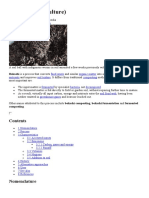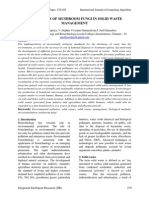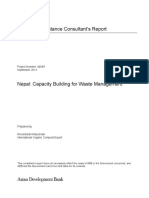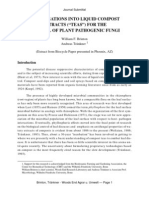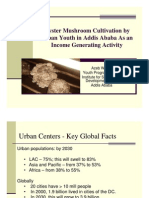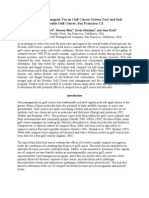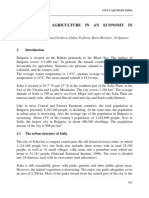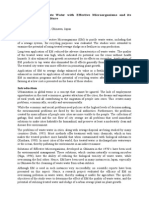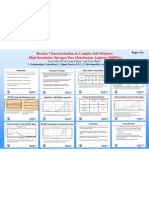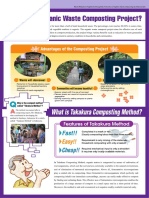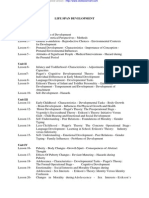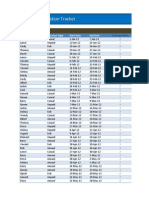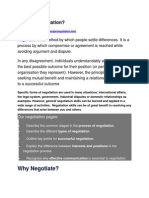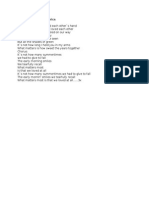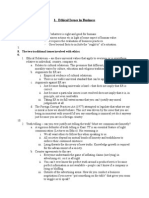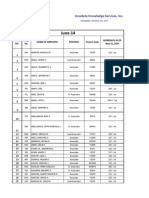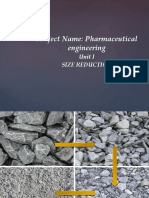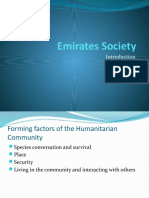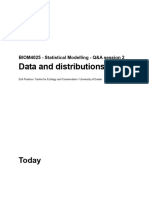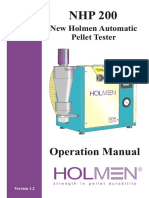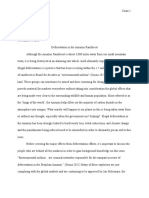100% found this document useful (1 vote)
866 views60 pagesTakakura Composting Method
This document provides information about composting and the Takakura Home Method (THM) of composting. It discusses the benefits of composting, common composting methods, and steps for THM composting. THM composting uses seed compost cultivated from local materials to break down organic waste quickly with little odor. Implementing THM composting can reduce waste and costs while benefiting the environment. The document encourages readers to try the easy and inexpensive THM method of composting.
Uploaded by
swaggerboxCopyright
© © All Rights Reserved
We take content rights seriously. If you suspect this is your content, claim it here.
Available Formats
Download as PDF, TXT or read online on Scribd
100% found this document useful (1 vote)
866 views60 pagesTakakura Composting Method
This document provides information about composting and the Takakura Home Method (THM) of composting. It discusses the benefits of composting, common composting methods, and steps for THM composting. THM composting uses seed compost cultivated from local materials to break down organic waste quickly with little odor. Implementing THM composting can reduce waste and costs while benefiting the environment. The document encourages readers to try the easy and inexpensive THM method of composting.
Uploaded by
swaggerboxCopyright
© © All Rights Reserved
We take content rights seriously. If you suspect this is your content, claim it here.
Available Formats
Download as PDF, TXT or read online on Scribd
/ 60









